Writes Dr. Manzoor Yetoo
Jammu and Kashmir has got rich cultural and religious potential to attract the pilgrimage tourists. Almost 50%of tourism in Jammu and Kashmir depends on pilgrimage tourism adding the state exchequer .pilgrimage tourism in Jammu and Kashmir such a large inflow that it sometimes proves to be controversial. There is an immense need of planning at micro and macro level to devise a comprehensive plan for future sustenance of this growing industry. Some of the religious and historical places which attract the large number of tourists are:
- Shankaracharya Temple
- Amarnath ji
- Charar-e-sharif
- Hazratbal mosque
- Khanqah-e-moulah
- KheerBhawani
- Mata Vaishno Devi
- RaghunathMandir
- BaweyWali Mata
- Peer Kho
- Ranbireshwar temple
- Peer Mitha
- Panchbakhtar temple
- Peer Budhan Ali Shah or Peer Baba
PROBLEMS ENCOUNTERED BY TOURISTS & ITS MANAGEMENT
Tourism industry is a booming industry that enriches knowledge, brings social development and economic growth also. Nowadays, tourism and especially pilgrimage tourism are fast growing areas. But, there are lots of problems faced by tourists during their tour due to poor facilities, uncertainties, cleanliness, safety, etc. People mainly tour for pilgrimage, so in this growing field, it is highly important to study the major issues faced by tourists and to take necessary steps to reduce such problems.
The tourists may experience problems relating to various factors such as unexpected expenses, pollution, safety and security, etc. Apart from that, environmental factors are viewed as highly problematic by them. They would like to have everything perfect under the sky. Some of the pilgrims may feel dissatisfaction with regard to accommodation facilities during their tour; language, beggars, guidance, pollution and health related factors. There can be expression of dissatisfaction towards infrastructure, sanitary conditions, safety and security, transport facility, arrangements, unexpected expenditure and service related factors. The highest levels of dissatisfaction have been in connection with heavy crowd. They face moderate dissatisfaction even due to factors which are under their perusal and slightly higher level of dissatisfaction relating to environmental factors.
Demographic factors and tour problems
Association between demographic factors and the problem intensity are tested using chisquare test. Chi-square test result based on gender indicates that there is significant difference in the type of people with respect to tour problems based on the frequency male are more of laissez-faire and majority of the females are perfectionists. Based on age, it is observed that the aged people have also found major problems due topollution, beggars, etc. But, youngsters are found to be less problematic viewers compared to other groups, and middle aged respondents are accommodators. Based on nationality, it is observed that foreigners express problems mainly relating to pollution, health hazards, beggars and corruption. Indians are very laissez-faire and accommodate themselves with all problems during their tour. Qualification level is not found to have association with problem intensity. Employees are laissez-faire and they are found to have problems concerning to almost all factors, as self-employed are found to have problems only to the factors which are not under their control. The lower income tourists have, the more problems related to out of their control
factors they express. The more income they have, the more their dissatisfaction relating to all factors. It might be due to their expectation that things should be perfect and hence the deviations may be found to be problematic. Urban and semi-urban people are found to be dissatisfied with accommodation, safety, and other factors which are manageable by them. The larger the family, the more they express problems pertaining to their uncontrollable factors such as beggars, corruption, pollution, etc. Small family size expresses unhappiness even to the factors such as safety, accommodation, etc. People who go for recreation and pilgrimage view that problems are more relating to accommodation, safety transport, unexpected expenses, etc.; whereas people traveling to places of historic importance express problems related mainly withenvironment. The more touring a person does, experiences the complexity of tour problem. So, it is expected that tourists traveling more frequent, would have less problems.
CONCLUSION
The problem intensity experienced by tourists differs depending on various factors influencing tour environment. Also, the problem intensity differs significantly based on respondents’ state such as gender, age, nationality, education, profession, income, geographical location, family size and frequency of tour made. The discussed situation with the intensity of problems requires more attention and policy efforts to develop tourism development. There are major hindrances during tour which are to be attended step by step based on its intensity, so as to reduce the problem during their tour. Females, elders and business people are found to be perfectionists and hence they express major problems due to corruption, pollution, heavy rush, beggars. Hence, it is suggested that they can be attracted to tourist spots mainly by focusing on pollution free, peacefulplace. Accommodators adjust to various problems but this would reduce the interest on tour. This ultimately affects the growth of national touristic market. Steps are to be taken to retain such tourists by reducing the problem intensity. Social awareness is to be created to uphold the national pride by reducing the problem intensity of foreigners. Higher income group, urban people express problems relating to all factors. There is much potential to attract this category by providing them with better service. It is observed that major problems are deviation in the arrangements made for their stay,visit, transport and unexpected expenses. These problems could be addressed by the supportive industry. If they address them with a service mind, this could be minimized. Reducing intensity of tour problems motivates the people to undertake frequent tours that will enable to build a better society and better national economic development. An important aspect of pilgrimage tourism is the implementation of safety standards during Tour. In UK and USA almost 30% of the budget is provided for maintaining and implementation of the safety standards and practices. The increasing trends in pilgrimage mortality is effecting this trade to a greater extend and unfortunately in our country and our state J&K has yet to understand its importance. Occupational safety along with safeguarding of environmental concerns can make this industry more flourishing. In other words it can turn as sustainable tourism. Involvement of EMS &OHS professionals can stream line the process of sustenance by risk analysis,hazard identification,pre-accident investigations, proactive safety audits,safe system of work,designated parking site management,safe traffic management, safety system for disposal of waste,scientific treatment of sewage and domestic waste,pollution abetment and introduction of alternate technologies to safe guard wilderness,pre medical record checking and maintenance,checking of access and egress routes,stabilization of pollution load, judicious use of land patterns, proper management of pilgrim inflow,conducting of pretour due diligence studies,post pilgrimage impact assessment and implementation & management of environmental management plans to mitigate heavy pilgrimage inflow,identification of high risk tourists or pilgrims, training’s regarding Acclimatization and issuance of necessary guidelines. All these measures are need of an hour.But instead of these measures we should not expect that broader road construction or development of concrete structures can make our tours safe, in short all developments should be in resonance with the existing natural conditions including Flora and Fauna.
(The author is an expert in environment ,project& waste Management, occupational safety& health & pollution control. You may reach him at manzooryetoo@yahoo.co.in)

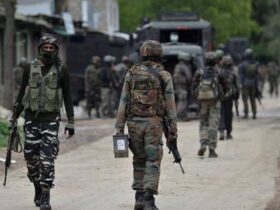




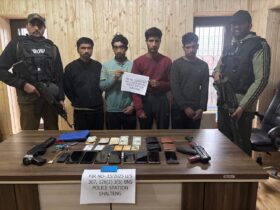

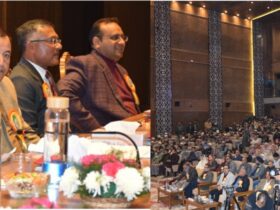

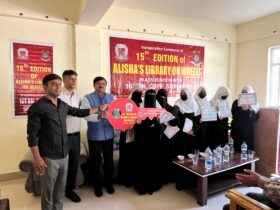
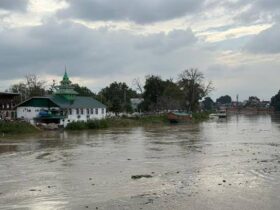
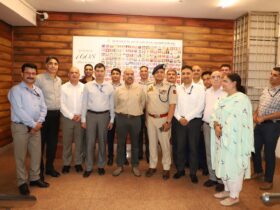
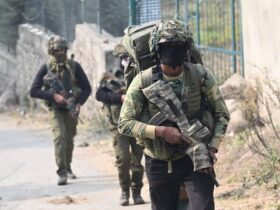

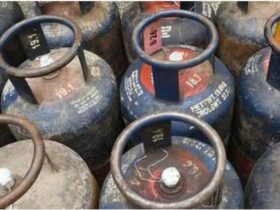

Leave a Reply